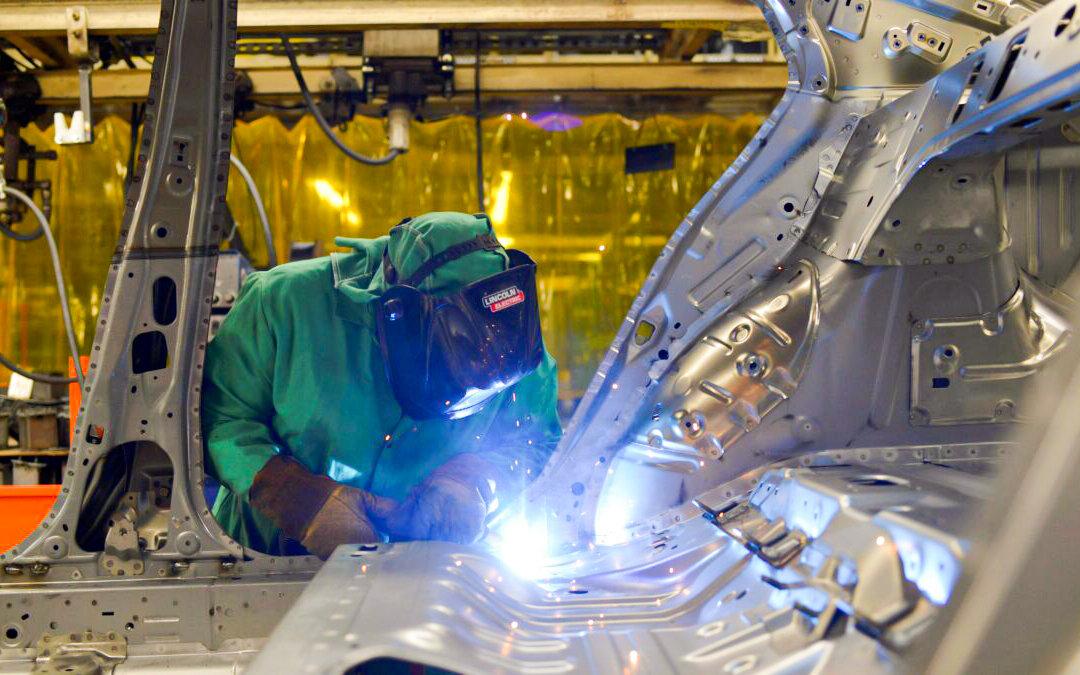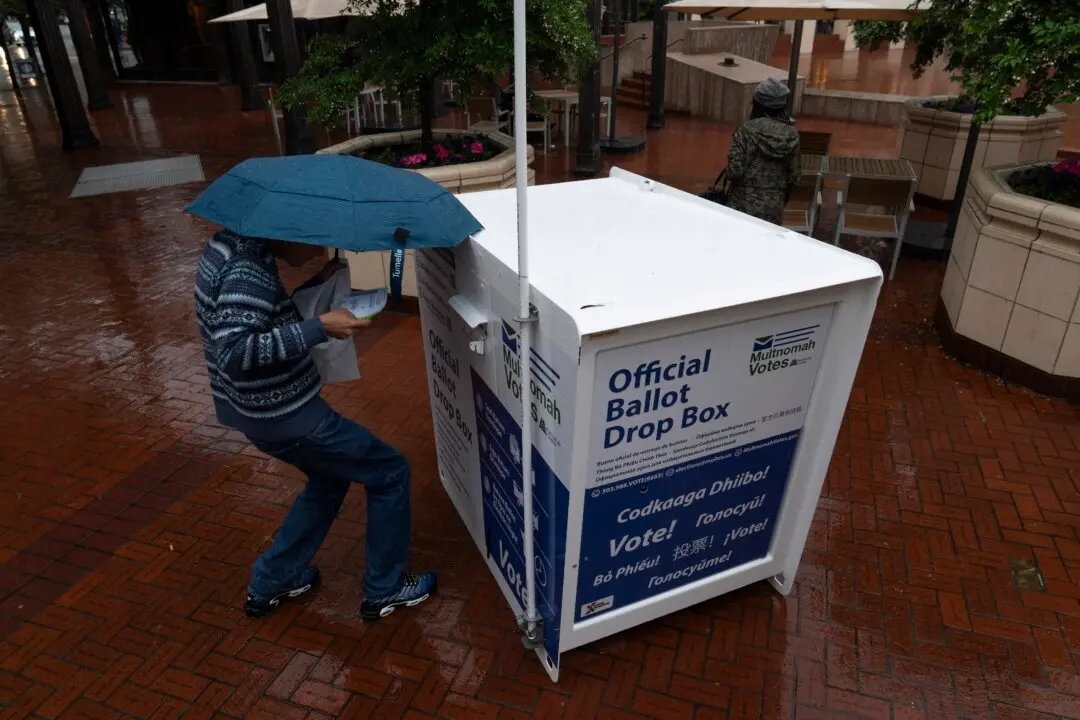Wholesale price inflation accelerated in January, rising at twice the pace forecasters predicted and delivering a fresh sign of persistent inflationary pressures gripping the U.S. economy.
The Labor Department said in a Feb 15 statement that the final demand Producer Price Index (PPI), which is a measure of input costs borne by providers of goods and services, accelerated at a monthly pace of 1 percent in January. That’s double the 0.5 percent pace that forecasters expected.





